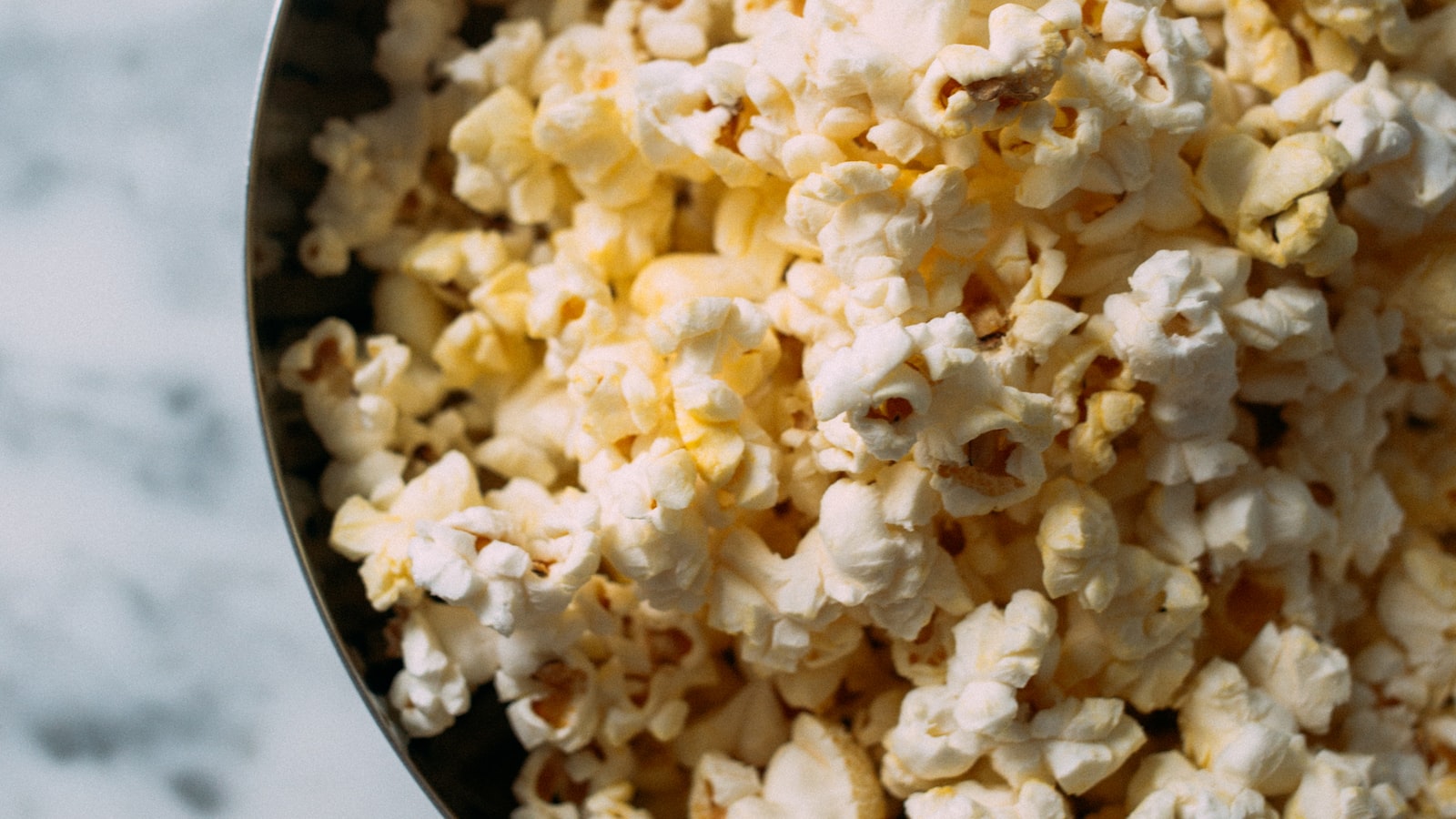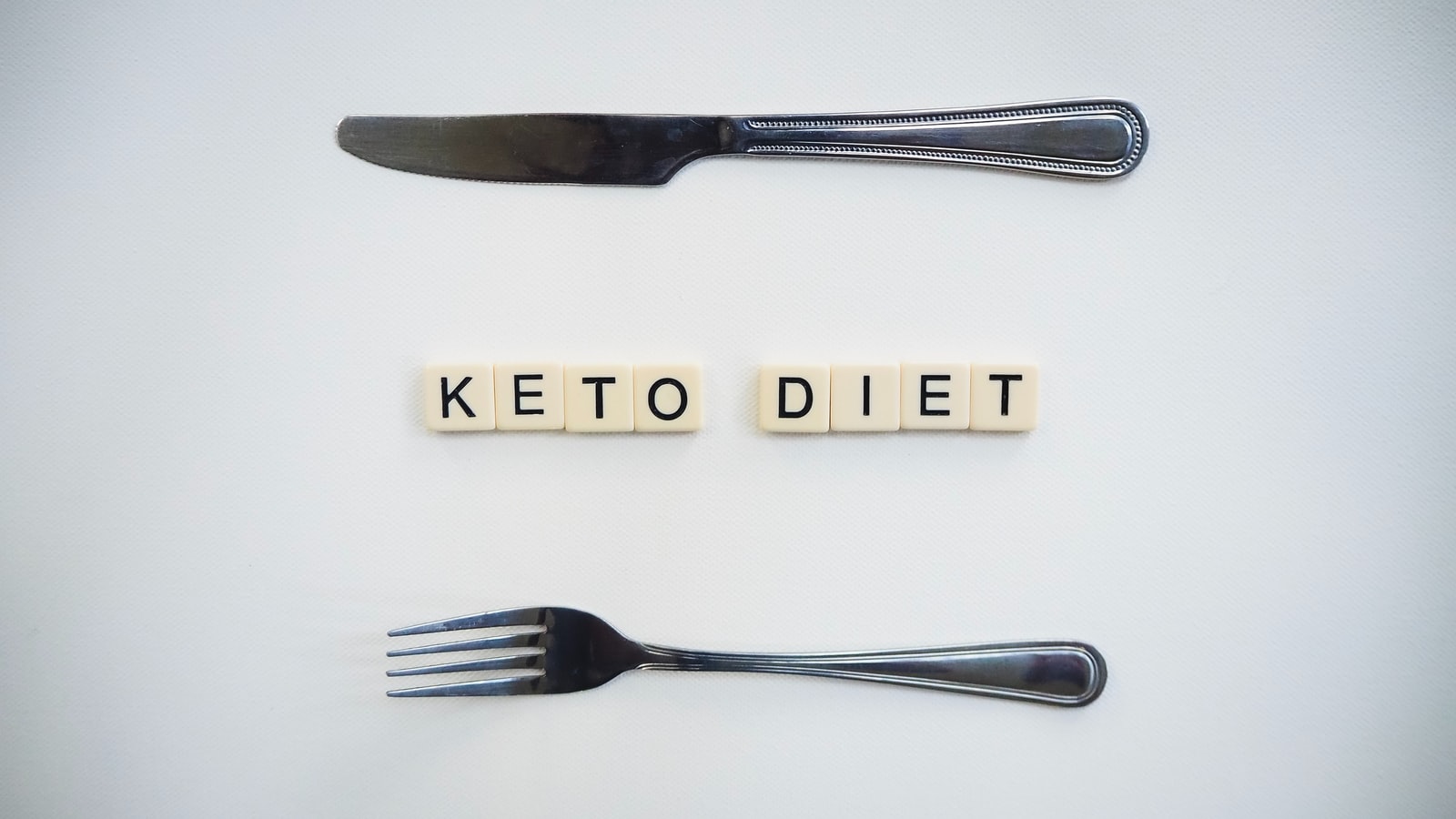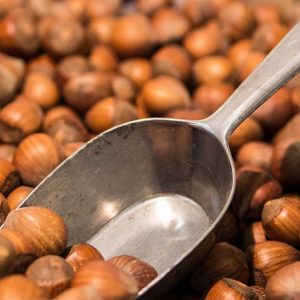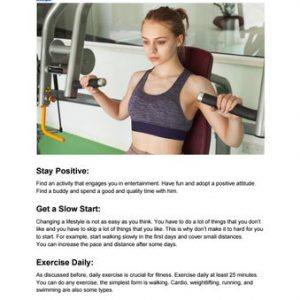No matter your goals, there’s always an element of diet and nutrition when it comes to making healthy changes. But trying to figure out exactly which “superfoods” are best, and where to find them, can be overwhelming. That’s why today, we wanted to give you the lowdown on a few different types of diet food lists – plus a few tips for keeping them top of mind – in this ultimate friendly guide to diet food lists. From vegan to paleo, read on to find out which list is right for you – and get ready to make a few healthy changes!
My Contents
- 1. What Types of Diet Food Lists Are Out There?
- 2. What Types of Food Should You Avoid on Diet Food Lists?
- 3. What Types of Foods Should You Include on Your Diet Food List?
- 4. How Should You Customize Your Diet Food List to Fit Your Needs?
- 5. What Are Some Tips for Sticking to Your Diet Food List?
- My Diet Answers

1. What Types of Diet Food Lists Are Out There?
The term ‘diet food list’ can cover many different types of meals and snacks. Whether you’re a fitness fanatic or just looking to eat healthier, these types of lists provide great starting points for creating daily meal plans.
Here are a few of the most popular diet food lists out there:
- Low-carb diets: Popular among those looking to lose weight, this diet focuses on limiting carbohydrates and increasing your intake of healthy fats and proteins.
- High-protein diets: This type of diet helps boost muscle growth while promoting fat loss.
Vegan diets: If you’ve chosen to follow a vegan lifestyle, you’ll want to focus on foods that are 100 percent plant-based. This includes proteins, carbs, and lots of fresh produce and what are often referred to as “superfoods.”
2. What Types of Food Should You Avoid on Diet Food Lists?
It can be tough to know if certain foods should be avoided while on a diet. Knowing which types of food to include on diet food lists can help make the task of eating healthy easier. Here are some of the food items to watch out for:
- Sugary and processed foods –This includes anything with added sugar like candy, cookies, and soda. Processed foods such as frozen meals, canned soups, and hot dogs should also be limited.
- High-fat foods – Cheese, mayonnaise, red meat, and fried foods are all high in saturated fats. Eating these items should be limited as much as possible.
- Alcohol– While it’s okay to have an occasional drink, alcoholic beverages should only be consumed in moderation. Too much alcohol can sabotage all of the hard work you are putting into your diet.
Although there are certain foods that should be avoided while following a diet, that doesn’t mean all unhealthy food is off the table. Many dieters find success by allowing themselves a few cheat meals every now and then. As long as most of the foods consumed are healthy, it’s okay to indulge in something less-than-optimal every once in a while.
It’s also important to remember that everyone’s dietary needs are different. What works for one person may not work for another, and that’s okay. The best diet plan is the one that works for you and your individual lifestyle. Keeping track of what you eat and understanding which foods should be avoided can increase your chances of achieving your dieting goals.
3. What Types of Foods Should You Include on Your Diet Food List?
Eating healthy is a great Sunday activity as it sets a positive tone for the rest of the week. One major step towards healthy eating is to make a shopping list that is full of nutritious, wholesome ingredients. Here are some of the foods that experts suggest should be included on your diet food list.
Fruits and Vegetables. Fruits and vegetables are true superfoods and should make up a large quantity of your diet. Fruits and vegetables are rich in vitamins and minerals to help you stay in top shape. Experiment with different varieties of each and don’t forget to look for fresh seasonal produce.
Fish and Lean Proteins. Fish like salmon and trout are packed with omega-3 fatty acids that are good for your health. Lean proteins like chicken, eggs, and bean are also great additions to your diet. Look for organic and grass-fed options to ensure the best nutrition.
Whole Grains and Other Grains. Whole grains and other grains are a great source of fiber and other essential nutrients. Include monthly recipe staples such as quinoa, wheat, barley, oatmeal and brown rice. There are many gluten-free options as well such as millet, buckwheat, red rice and amaranth.
4. How Should You Customize Your Diet Food List to Fit Your Needs?
When it comes to dieting, finding the perfect food list for your goals is key! You may think that you can just follow a generic list, but what works for others may not work for you. It’s important to customize your diet food list in order to optimize your food choices and maximize your results.
Understand Your Goals: Before you can customize your food list, you need to know what your goals are. Are you trying to lose weight? Gain muscle? Increase your energy levels? Whatever it is, your diet should be tailored to meet your specific needs. If you’re not sure what your goals are, talk to a nutritionist or dietitian who can help you define your goals.
Cut Out Unnecessary Foods: Once you know your goals, you can start the customization process by taking out any foods that don’t meet your needs. Do you ever eat foods that have a lot of fat, sugar, or carbs but do nothing to help you reach your goals? Take these out of your diet and focus on the real essentials. Here are some examples of foods that you may want to remove from your diet:
- High-calorie snacks and desserts
- Processed foods like chips and sugary cereals
- Fast foods like burgers, wraps, and fried foods
Add Healthy Foods: Once you’ve removed the unnecessary foods, it’s time to add some healthy alternatives. Try to incorporate lean proteins such as fish, chicken, and omelets; complex carbs like sweet potatoes, quinoa, and brown rice; and healthy fats like avocados, nuts, and seeds. Make sure to include plenty of fruits, veggies, and whole grains as well. Be sure to experiment with new recipes and flavors to keep it interesting!
5. What Are Some Tips for Sticking to Your Diet Food List?
Eating a balanced diet that is full of nourishing food can be difficult, especially if you have a restricted food list. Sticking to a diet food list can be tough, but it can be done! Here are some tips that will help you stay on track:
Understand Your Motivation – Before you even start, it’s important for you to assess why you are following this food list. Whether you are hoping to lose weight, address a medical issue, or just increase your intake of healthy fare, it is important to define your motivation and remind yourself of your goal when things get tough.
Break It Down – To stay focused, break your diet food list down into days or weeks. Pick one day’s worth of foods, shop for them, and cook them up. This way, you won’t feel overwhelmed and you will have the food you need handy.
Manage Cravings – When you’re feeling tempted by all of those off-limits snacks, fight it with these tactics:
- Find a healthy alternative that you can have.
- Promise yourself a treat when you’ve reached an accomplishment.
- Snack on a spoonful of nut butter to satisfy your sweet tooth cravings.
My Diet Answers
Q: What constitutes a “diet food”?
A: Diet foods are low-calorie foods that are selected based on their nutrient composition, to help people reach their nutritional goals. Diet foods often include fruits, vegetables, grains, nuts, and lean proteins, but the foods that make up a diet may vary depending on an individual’s needs or dietary preferences.
Q: What are the benefits of following a diet food list?
A: A diet food list can help you make healthier choices when grocery shopping. By following the list, you’ll automatically avoid unhealthy temptations and get all the healthy, delicious foods you need for your diet. Plus, with most diet food lists, you won’t have to worry about counting calories or complex nutrition requirements.
Q: How do I create a diet food list?
A: Creating a diet food list that works for you is fairly simple. First, think about the key elements of your diet, such as the types of nutrients you want to focus on, your likes and dislikes, and any allergies you have. Then, using this information, develop a list of foods that fit the criteria. Finally, customize your diet food list to suit your lifestyle and budget.
We hope this friendly guide has given you some insight into the causes behind diet food lists. Understanding what’s behind your intake can help you make healthier decisions, and achieve your goals. Don’t forget to consult your doctor, nutritionist or dietician before making any drastic changes in your diet. Best of luck on your healthy eating journey!










